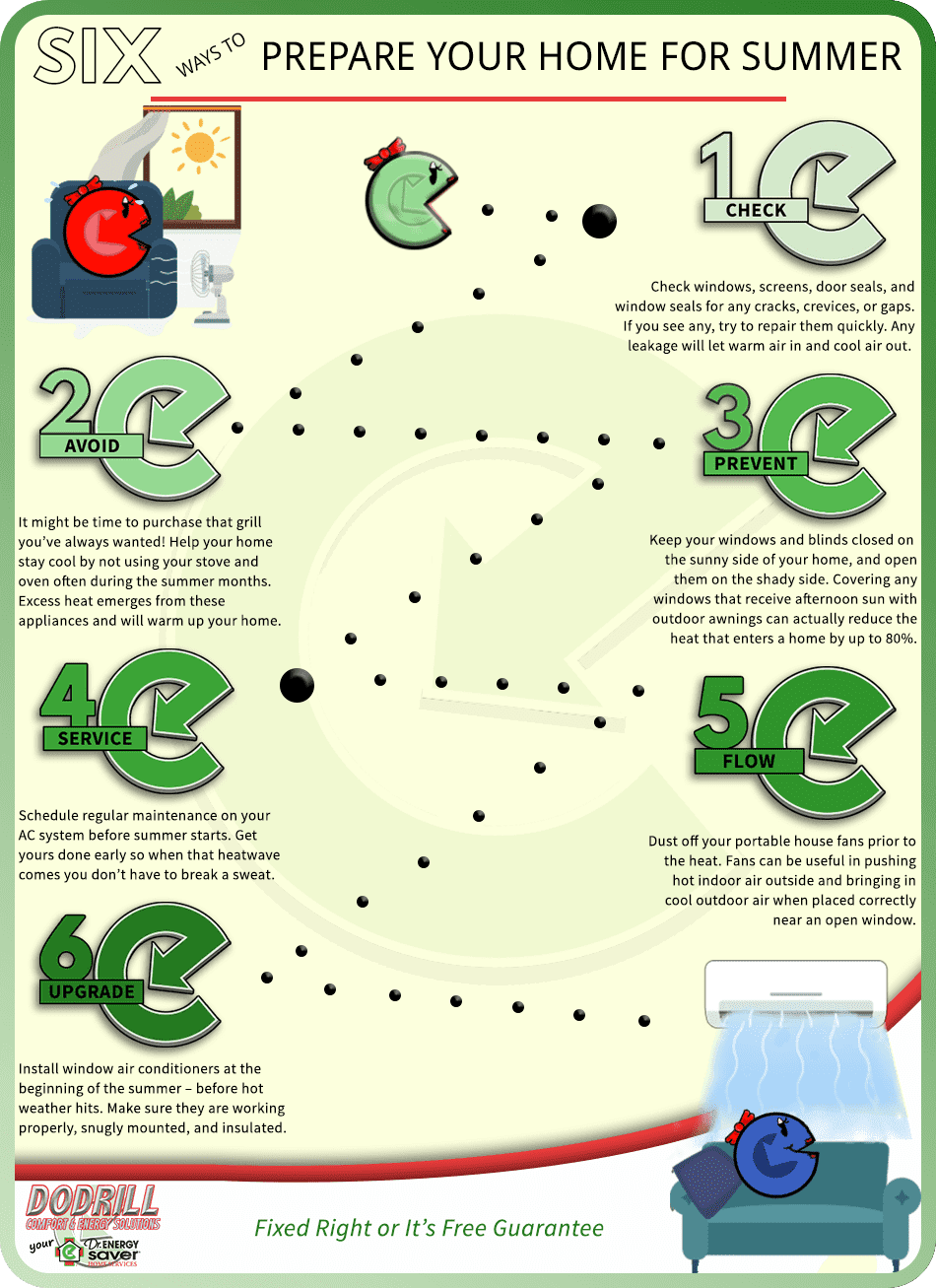Superior Pressure Cleaning Methods For All Surface Types
Superior Pressure Cleaning Methods For All Surface Types
Blog Article
Material Writer-Vazquez McGinnis
When it comes to pressure washing, the strategy you pick can make all the distinction in achieving a tidy, streak-free coating. You might find that hard surface areas, like concrete, call for a different approach than softer materials, such as timber or plastic. It's important to adapt your approaches to the surface area type to avoid damage while taking full advantage of cleansing effectiveness. So, what are the best techniques for each surface area, and how can you ensure you're utilizing the ideal settings and devices for the task? Allow's discover what you require to understand to obtain the best results.
Hard Surface areas
When it involves pressure cleaning hard surfaces, prep work is vital. Before you even think of taking out the stress washing machine, make the effort to remove the location of any kind of debris, furnishings, or barriers. You don't want anything entering your means or possibly damaging your tools.
Next off, evaluate the surface area for any type of fractures or damage; this will certainly help you identify the appropriate approach and pressure setups.
Once you've prepared the location, it's vital to choose the best nozzle. For hard surfaces like concrete or brick, a slim nozzle (15 or 25 degrees) works best to provide a focused stream of water that can successfully get rid of crud and discolorations. Constantly begin at https://www.ncnewspress.com/2022/09/19/tips-to-organize-your-cluttered-kitchen/ and slowly move better to prevent any kind of surface area damages.
As you start cleaning, keep the stick moving to stop touches and over-saturation. It's also valuable to function from the top down, permitting dust and debris to wash away normally.
Ultimately, keep in professional window to wash the surface extensively after cleaning up to remove any remaining cleaning agent. With these methods, you'll attain a clean and refreshed look on all your difficult surfaces.
Soft Surfaces
Pressure washing soft surfaces needs a gentler method to safeguard them from damages. Whether you're cleaning your deck, patio furniture, or home siding, using excessive stress can cause dents, scrapes, and even irreversible injury.
Begin by selecting a low-pressure nozzle, preferably a 25-degree or bigger spray pattern, to spread the water more delicately.
Prior to you begin, it's important to pre-treat any kind of discolorations with an appropriate cleansing remedy. This action permits the cleaner to penetrate the dirt and grime, making it easier to remove without rubbing as well hard.
Always use the service from all-time low approximately stop spotting.
When you start stress washing, preserve a distance of at the very least 12 to 18 inches from the surface area. Relocate your wand in a sweeping movement, maintaining it parallel to the surface to avoid focused stress on one place.
Rinse the location extensively after cleaning to eliminate any kind of residual cleaner.
Finally, examine the surface area for any missed spots and repeat the procedure if needed. By adhering to these actions, you can successfully clean soft surfaces while protecting their stability and appearance.
Specialty Surfaces
Cleaning soft surface areas calls for treatment, but specialty surfaces require a lot more attention to detail. When you deal with these surface areas, like fragile wood, discolored concrete, or particular types of exterior siding, utilizing the right stress cleaning techniques is critical to prevent damage.
First, assess the material. For instance, treated timber can commonly stand up to modest stress, however softer timbers like cedar might require a lower setting. Constantly start with the most affordable stress and slowly raise if needed.
For tarnished concrete, make use of a fan spray nozzle and maintain a constant range to prevent engraving the surface area.
When dealing with surface areas like plastic siding or painted surfaces, a large spray pattern aids distribute the pressure uniformly, securing the coating.
It's likewise a good idea to use cleaning agents especially developed for specialized surfaces. They can enhance cleaning without jeopardizing the material.
Rinse thoroughly after washing to get rid of any kind of deposit, as it can result in staining or damage in time.
Final thought
Finally, understanding stress washing methods for various surface areas can make all the difference in your cleansing outcomes. For Read the Full Piece of writing , stick to narrow nozzles and a top-to-bottom method, while soft surface areas need a gentler touch with broader nozzles. Don't fail to remember to pre-treat discolorations and wash completely to avoid deposit. By adapting your approaches per material, you'll not only achieve a cleaner finish but also secure the integrity of your surface areas. Delighted cleansing!
